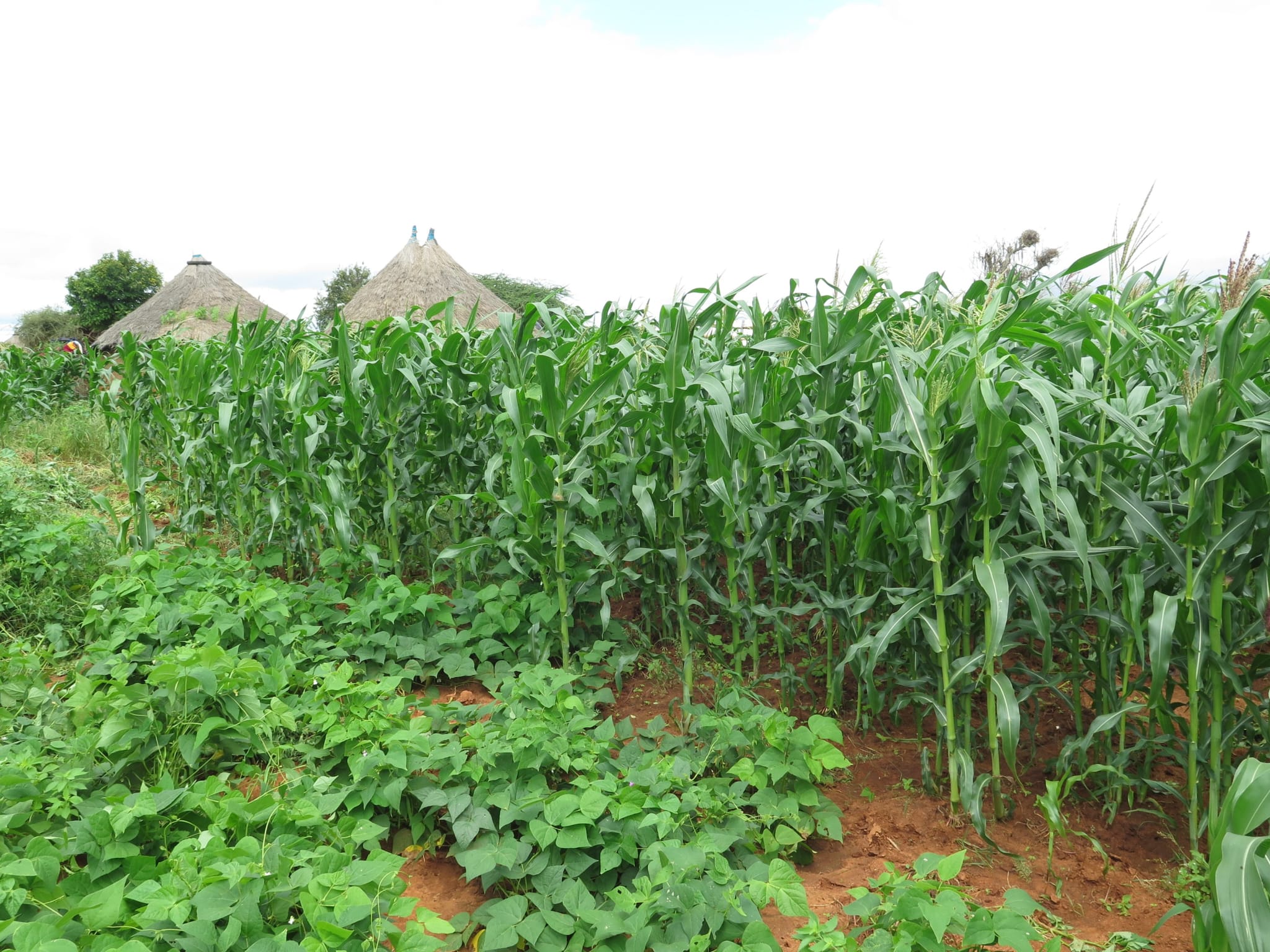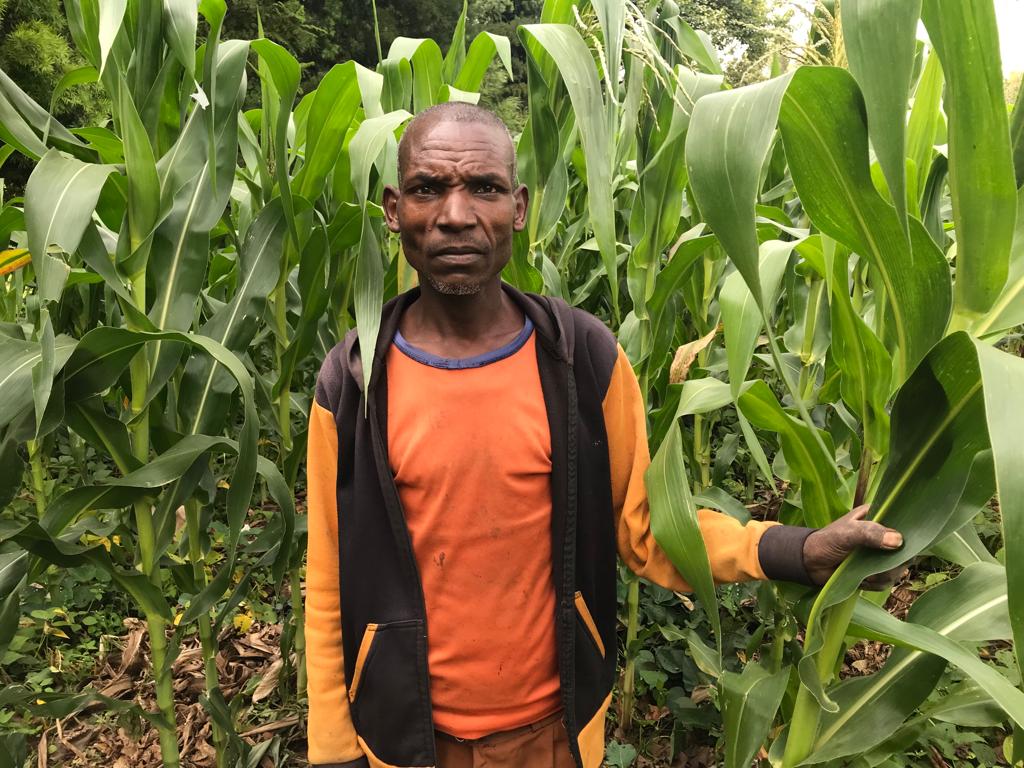
Stephen Jenkinson was the Country Director for three years for the Umbrella Foundation, an Irish organisation who support the closure of corrupt children’s homes, with...
A few years ago, I had the idea to try my hand at gardening. For most of my life, both my parents and my grandparents had their own vegetable and fruit gardens. It wasn’t uncommon for us to come back to our house in the summer and find fresh sweet corn (the holy grail of US Midwestern harvests) placed on our porch by my grandparents. I often remember when my parents would be cooking dinner and find they would need an extra tomato or pepper—they’d run out to the garden and grab one. When I was younger, I didn’t fully appreciate that, but as the years went by, I missed it more and more. I thought I would try to recreate that as best I could.
I was living in an apartment, and having a garden wasn’t possible. After some research, I decided to attempt container gardening. I gathered all the supplies, set everything up as needed, and proceeded to begin. I wanted to start out small, focusing on strawberries and green peppers. All seemed to be going well, and soon those seeds started to show signs of life. I was so excited—my first homegrown crops! The first part of this process seemed successful, but it was very short-lived. I managed to get a few strawberries out of it and one teeny, tiny green pepper. I was disappointed and decided to try again at a different time. In the end, I never went back to it, but I can happily say that I have kept seven indoor house plants alive and happy (after a few initial missteps) for well over a year.
When I think back about my very short-lived experience in container gardening, I am a bit disappointed, but, sure, I can try again another time. Maybe next summer I’ll give it another whirl. It’s not a necessity for me. My ability to grow my own strawberries isn’t a need; it’s a want. If my strawberries and green peppers failed, I could go to the shop and buy them. My livelihood was not dependent on how green I could make my thumbs.
But what if it was? What if I wasn’t living in a place where my capabilities or the climate were major factors in my or my family’s livelihood? How would I fare? If I lived in southern Ethiopia, where extreme weather patterns like drought have a major impact on harvest yields, my reaction to losing crops would not have been a slight disappointment. It would most likely have been stress or fear.
Unfortunately, that is a reality that many in southern Ethiopia and other regions of the world are experiencing. When crops fail, lives are impacted. Income is lost. Food security diminishes. For the past six harvests, drought has continued, threatening to linger for the coming seasons. During these seasons, the dependence on something you can’t control is deeply challenging.
In southern Ethiopia, Tearfund Ireland works with communities that rely on harvest yields. To combat extreme weather patterns, our partners work to train members of our Self-Help Groups in Conservation Agriculture (CA). Conservation Agriculture is a method of farming that enables more productive results with better sustainability. Based on three principles (minimum tillage, natural mulch cover, and crop rotation), it doesn’t require labour-intensive digging or chemical fertilisers, which damage the soil over time. CA increases the productivity of land by naturally retaining moisture, improving soil fertility, particularly in drought-prone areas, and reducing the use of expensive fertilisers. Fertilisers are difficult for small-holding farmers to purchase, so the mindset is that "if I can’t afford the fertiliser, then I can’t farm my fields".
CA is changing all that. Lands that have not previously been considered for planting, such as a family’s garden, are now an option to grow a variety of crops. Conservation agriculture allows for better preparation for potential challenges from a changing climate, such as bad weather patterns and long dry spells. The increased harvest allows for better nutrition, reduced hunger, and a chance to earn income from selling crops.
 Photo: Harvest using Conservation Agriculture on the right vs harvest using traditional methods on the left.
Photo: Harvest using Conservation Agriculture on the right vs harvest using traditional methods on the left.
Men like Elias Kelta, a 48-year-old farmer from Ethiopia, have seen the benefits of CA first hand. Through our partners, he learned about this farming technique and tried an experiment dividing his crop between traditional methods and CA. The amount of maize (corn) grown using traditional methods was stark, all of it lost to changing climate and weather patterns. All those maize stalks are now relegated to becoming animal feed. All the work, time, effort, fertiliser, and seed that were invested in the traditional farming methods were fruitless. On the other hand, the field planted with CA methods yielded stalks that held 2-3 ears of maize corn, and he expects a harvest about three times that of his non-CA farm. Despite the lack of rain, the farm still produced using CA methods. CA farms can withstand bad weather patterns and long dry spells. Elias has now doubled the size of his CA-based maize farms.
In addition to helping farmers implement CA, Tearfund Ireland is partnering with Tearfund Canada to work on a project called SCAZI (Scaling Conservation Agriculture-Based Sustainable Intensification). This project, which runs through 2025, aims to scale Conservation Agriculture at a national level. It is believed that when the CA is integrated with savings groups such as our Self Help Groups (SHG), it increases the income of farmers and their resilience.
 Photo: Elias Kelte, Ethiopian farmer displaying his harvest using Conservation Agriculture.
Photo: Elias Kelte, Ethiopian farmer displaying his harvest using Conservation Agriculture.
The goal is to establish and empower a total of 200 SHGs in two districts with a total of at least 4,000 members. It is planned to establish 100 SHGs per year in 10 SCASI target areas. They will work with their community and stakeholders to target improvement in areas such as the environment, gender, infrastructure development, fairer costs for farmers, and more. At the end of the project period, they hope to work on marketing aspects for the benefit of SHGs. Harvests are expected to increase because of the CA intervention, and work will be done to prevent barriers that keep farmers and SHG members from selling at reasonable prices.
It’s wonderful to see the increase in harvest for those utilising these methods. Many people rely on their own crops for their livelihoods; we continue to pray for those who are impacted by changing weather patterns. Next time you’re in the shop and pick up your favourite fruit or vegetable, will you remember those thousands of miles away growing their own crops and say a prayer as well?

Stephen Jenkinson was the Country Director for three years for the Umbrella Foundation, an Irish organisation who support the closure of corrupt children’s homes, with...
